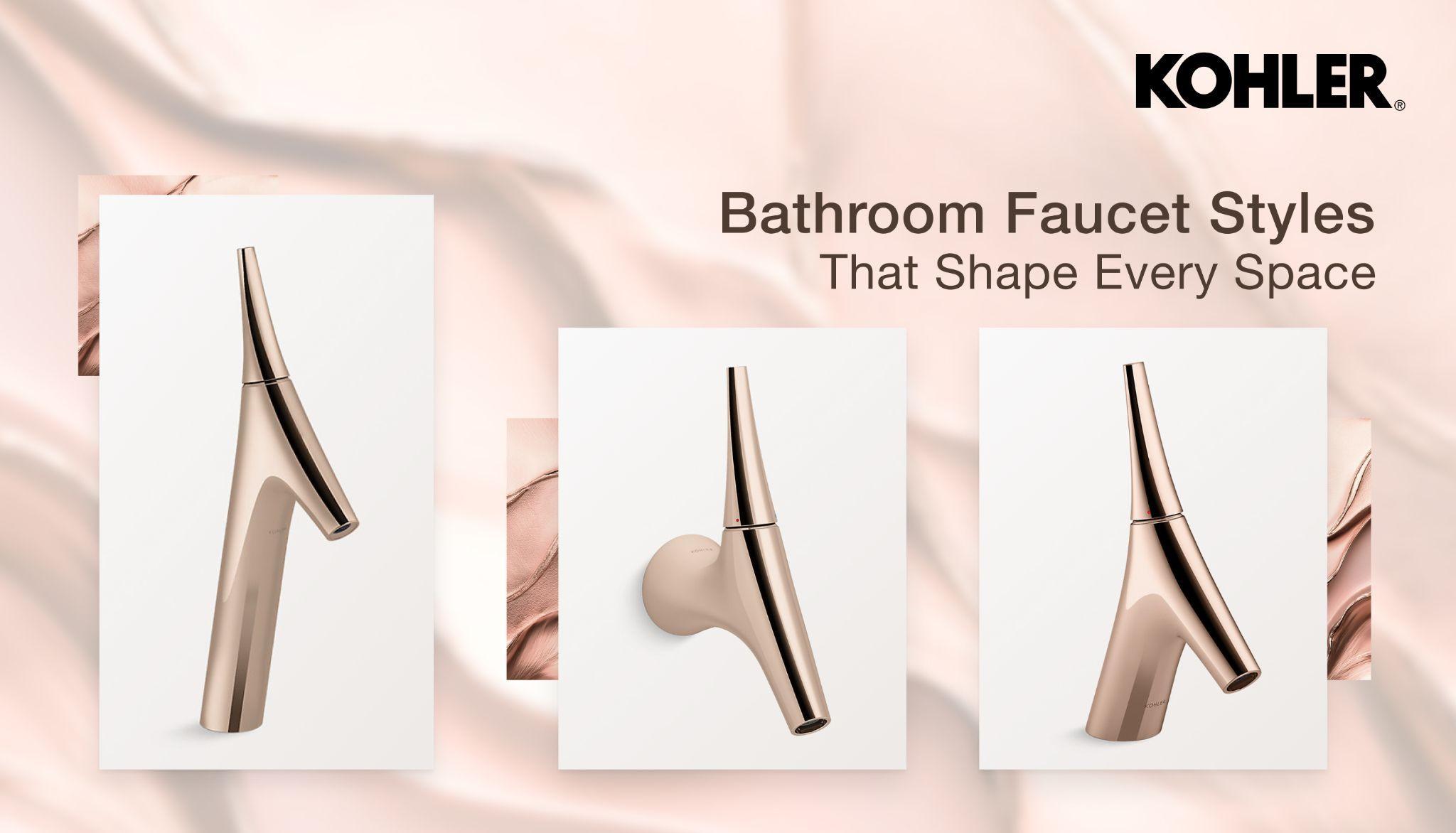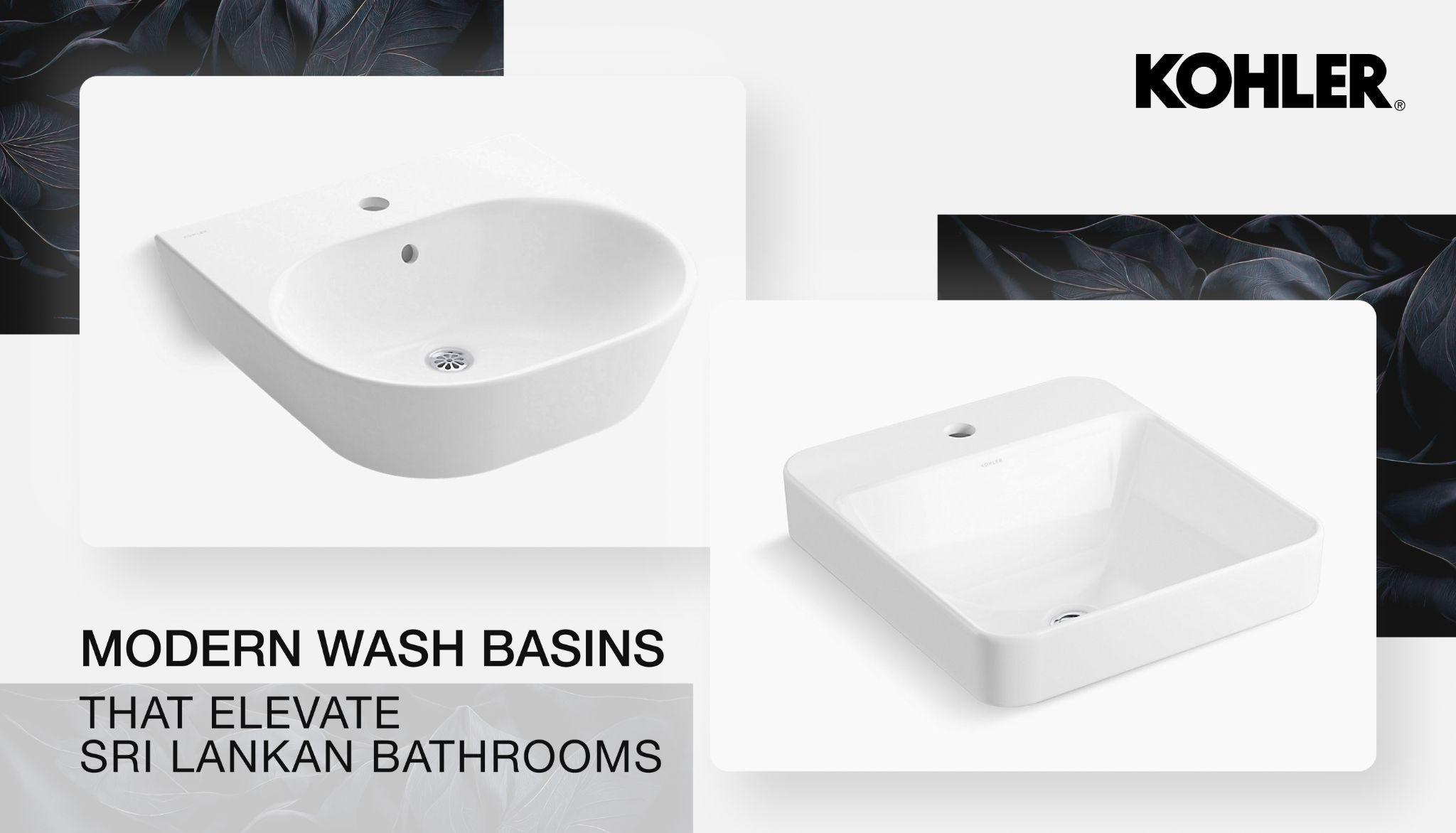Choosing the right toilet commode is a critical decision often overshadowed by more visually striking bathroom elements. Many homeowners discover this truth only after living with an unsuitable selection. This guide explores the essential factors to consider when selecting a Western toilet commode, whether planning to buy a commode online or from a physical store.
Size and Space Considerations
Proper measurements form the foundation of successful commode selection:
- The rough-in measurement (distance from wall to drain center) typically measures 12 inches in modern construction but may be 10 or 14 inches in older homes
- Side clearance should allow at least 15 inches from the toilet center to any wall, with 18 inches providing optimal comfort
- Front clearance requires a minimum of 21 inches, though 30 inches offers significantly better usability
Space limitations can force unwanted compromises. In a recent installation project, an oversized commode toilet prevented proper door function, necessitating complete replacement shortly after installation. Such scenarios demonstrate why precise measurements matter before purchase.
Performance and Functionality
Reliable flushing performance remains the most crucial functional requirement. Key factors include:
- Flushing mechanism type (pressure-assisted, gravity, or dual-flush)
- Trapway diameter (larger sizes reduce clogging risk)
- Maximum Performance (MaP) ratings that objectively measure waste removal capabilities
Pressure-assisted systems provide stronger flushing but generate more noise than gravity systems. Dual-flush options offer water conservation benefits through specialized settings for different waste types. When evaluating options, MaP scores above 500 generally indicate excellent performance.
Related Link: A Complete Guide to Western Commodes from Kohler Sri Lanka
Comfort Features
Several comfort factors significantly impact daily satisfaction:
- Bowl shape (elongated provides more comfort, round saves space)
- Seat height (standard 14-15 inches versus comfort height 17-19 inches)
- Seat quality (including materials, closing mechanisms, and attachment stability)
- Cleaning ease (one-piece designs with minimal crevices require less maintenance)
Comfort height models particularly benefit taller users, older adults, and those with mobility limitations. Premium seats with soft-close mechanisms eliminate disruptive noise and typically demonstrate superior durability.
Water Conservation
Modern toilet commode design balances efficiency with performance:
- Current standards require a maximum of 1.6 gallons per flush
- High-efficiency models use just 1.28 gallons or less
- Water savings can reach 14,000 gallons annually when replacing older models
Early low-flow designs often required multiple flushes, negating intended conservation benefits. Contemporary engineering has largely resolved these issues, though performance research remains important when selecting water-efficient models. The toilet commode price in Sri Lanka for these water-efficient units typically delivers a return on investment within two years through reduced utility costs.
Aesthetic Integration
Today’s modern commode design offers diverse options:
- Profile variations (low-profile, standard, or wall-mounted)
- Finish options beyond traditional white
- Coordinated hardware elements that complement other bathroom fixtures
Low-profile and wall-hung models create contemporary appearances while making spaces feel larger. Alternative finishes like soft cream, light gray, or matte black can enhance design cohesion when matched with complementary elements. When customers buy a commode online, many manufacturers provide visualization tools that help predict how specific models will integrate with existing bathroom designs.
Installation Requirements
Important installation considerations include:
- Construction type (one-piece versus two-piece)
- Floor condition and levelness
- Access limitations for delivery and placement
One-piece designs eliminate the joint between the tank and bowl but are heavier and might become tricky to handle in tight spaces. Two-piece designs provide smoother handling and, in many cases, lower prices, but necessitate additional cleaning care at the point of connection.
Floor levelness significantly impacts installation success. Uneven surfaces can cause rocking, eventually breaking seals and causing leaks. Professional assessment often identifies potential problems before they arise.
Related Link: A Guide to Choosing the Right Western Commode Design for Your Bathroom
Conclusion
Selecting the ideal commode involves balancing space limitations, performance requirements, comfort priorities, efficiency goals, design preferences, and installation practicalities. Since this fixture typically remains in place for 15-20 years, thoughtful consideration proves worthwhile.
Frequently Asked Questions
What should I consider when choosing a Western commode?
Space compatibility, flushing performance, comfort features, water efficiency, and design integration.
How do I determine the right size for my Western commode?
Measure rough-in distance, side clearances, and front clearances before selection.
What are the benefits of a one-piece versus a two-piece western commode?
Easier cleaning, fewer leak points, and seamless appearance, though with higher weight and cost.
How important is water efficiency when selecting a Western commode?
They conserve resources and reduce utility costs while maintaining performance when properly engineered.




